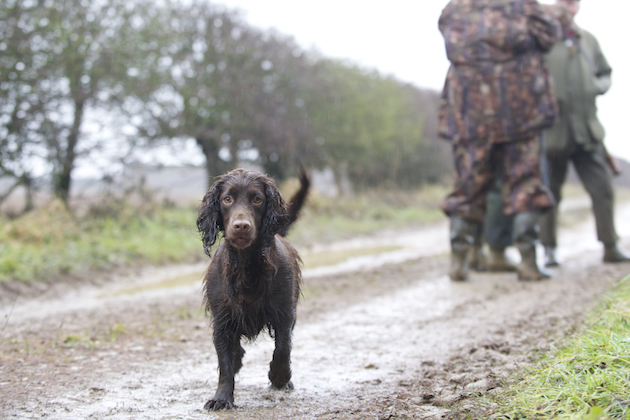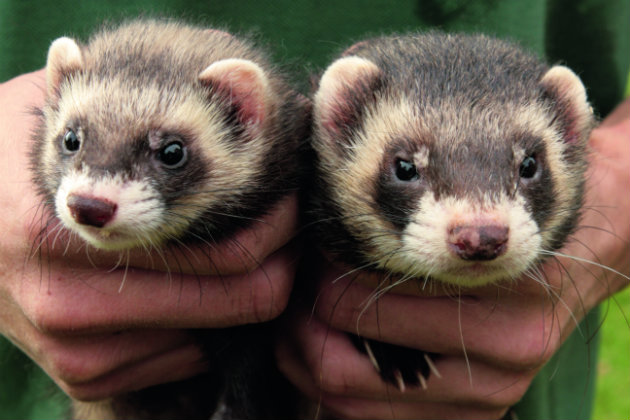What are the benefits of ferreting with hawks?
Ed Cook on ferreting with hawks and the benefits of adding some aerial power to his armoury
Ferreting with hawks is something that has interested me for a long time. I’ve flown a few different types over the years, from Harris hawks to red-tails and goshawks. They are as different as chalk and cheese, but all have their place. They each have their own style of hunting when used in ferreting, and all can be effective in a particular scenario.
Adding a dog to the equation to go ‘on point’ to indicate an inhabited warren makes life easier when it comes to ferreting with hawks. One can then enter a ferret to bolt the rabbit, which subsequently enables the bird to pursue and make a catch. In many circumstances, the combination of each team member’s skills complement each other nicely, and when it goes to plan, to my mind, it can’t be beaten.
Popular
Harris hawks are the most popularly flown birds and they can be hunted in a group. They will follow on from tree to tree to accompany the ferreter and then go ‘on the soar’ in a thermal. Harris hawks are forgiving of beginners’ mistakes, yet in the correct hands will become very effective against most smaller species, especially ferreted rabbits.
Red-tails are harder to train as they need more fitness to get them hunting. As a rule they tend to be hunted singly. They will do much the same as the Harris if trained
and flown with a bit more consistency. Red-tails hit cover without any fear and they also have a powerful grip, one that will make you respect them very quickly if you are foolish enough to upset one.

Harris hawks are very popular with falconers as they are easy to train
Both the red-tail and the Harris will follow on during ferreting if trained correctly, and this is great when one is ferreting woodland as the elevated vantage point gives the birds an upper hand. Obviously this can only be done if the birds are bombproof with ferrets.
Tricky
Goshawks tend to be flown off the fist, although I do have a friend that has one that follows on. The blistering speed of a gos, combined with its manoeuvrability pursuing quarry, makes it a good choice for a rabbit hawk, especially when ferreting. Few rabbits escape a gos in the right circumstances. However, the gos is harder to train, very temperamental and at times stressful to fly, but that is the trade-off for pure excitement.
Training the birds requires a lot of time and effort. Careful daily weight management is essential to ensure the desired results. If the weight is too low, they don’t have any energy; too high and they will watch the day pass until they think otherwise. Some foods add weight quicker than others, while some help reduce weight.
A bolting rabbit is not a guaranteed capture for a hawk. The redoubtable rabbit will twist and turn on a sixpence and use every obstacle to throw a pursuing bird off its tail. It is quite something to be part of that pursuit and how it plays out.

Few rabbits escape a goshawk in the right circumstances







